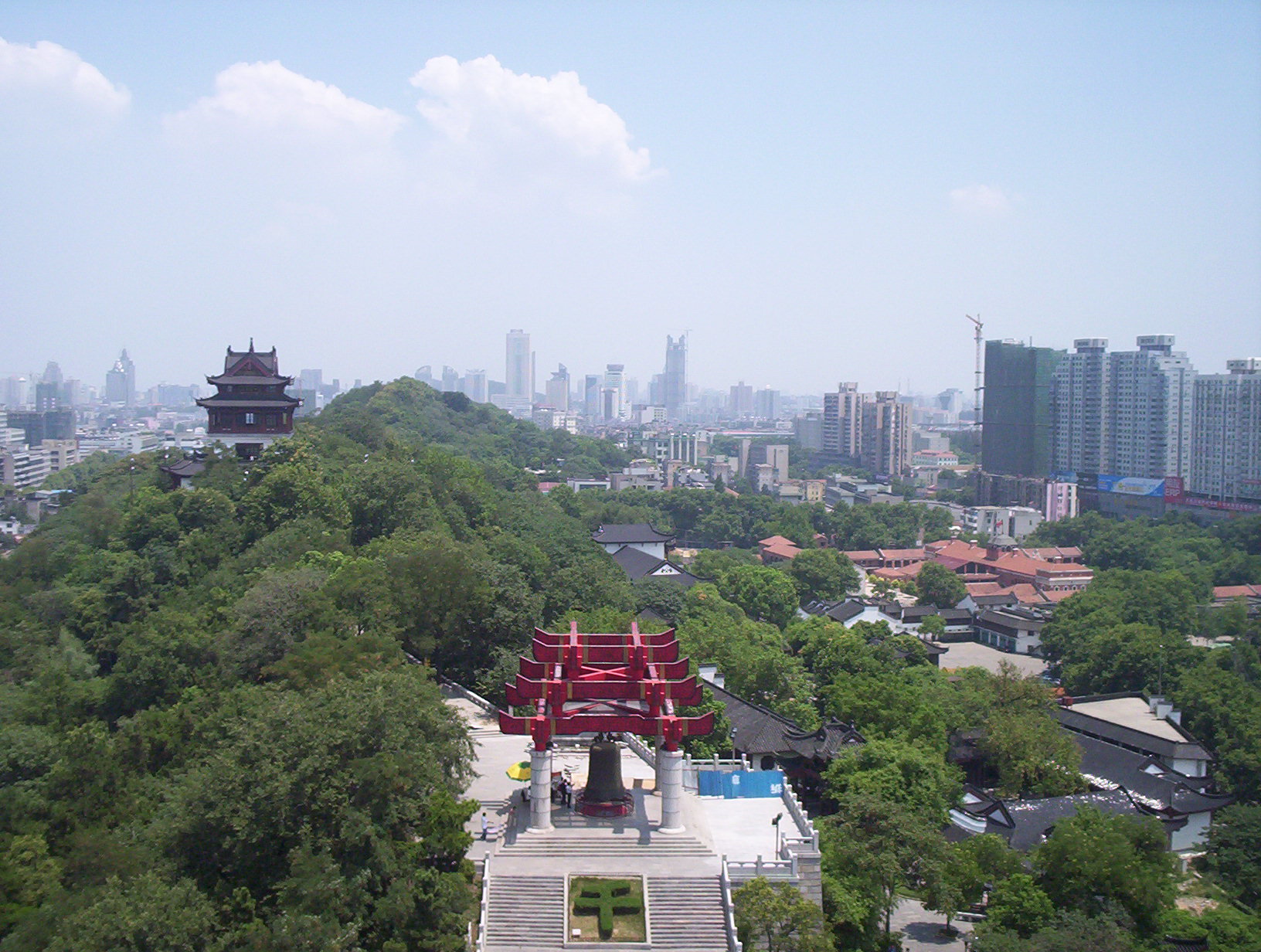Fear and panic engulfed China’s usually vibrant and thunderous New Year festivities, as the country was faced with the outbreak of a novel coronavirus originating in Wuhan, China, the capital of Hubei province. December 8th, 2019 witnessed the first death of a patient with unknown etiology among 41 others who had been admitted to Wuhan hospitals with similar conditions. Since then, the death toll has surpassed 360, with at least 17,000 more confirmed cases. These numbers continue to rise.
The virus is believed to have originated in a seafood market in Wuhan. First spreading from animal to individual, air borne, human-human transmission occurs from coughing, sneezing, or touching an infected person. The World Health Organization declared a global emergency on January 30th while reaffirming its confidence in China to manage the outbreak. The elderly and those with pre-existing medical conditions with weak immune systems are thought to be especially at risk. So far, the youngest confirmed case has been a 9-month-old girl in Beijing.
China’s response to the epidemic has been met with both criticism and praise. At the local level, the mayor of Wuhan has faced pressures from across the nation to resign after admitting his reaction to the outbreak was slow and without “sufficient warning”. Others point out that this may be a sign of much deeper, institutional weaknesses in the Chinese government: the incentive for local officials to downplay early signs are high when they must report to deeply centralized authority in the strict, hierarchical bureaucracy. In turn, the power of the national government to implement effective policy throughout the country is compromised as they are often ignored by local officials who have almost complete control over provincial matters.
However, the handling of the recent coronavirus outbreak is in stark contrast to China’s reaction to the Severe Acute Respiratory Syndrome (SARS) epidemic 20 years prior. News outlets were forbidden to report, hiding the SARS spread from both the international community and its own people. A combination of the “obsession with suppressing negative news” and maintaining high GDP growth rates in the Guangdong province, where the SARS outbreak originated in 2002, led to the unmitigated spread of the disease internationally. In trying to ensure the steady state of high foreign investments flowing into the province, Guangdong officials had ignored the early signs of a much more serious threat.
Much greater global transparency in public health-related outbreaks have been promoted since. The Chinese government officially reported the outbreak publicly on December 31st. A consortium of Chinese and international scientists and researchers has been assembled to analyze the virus and its spread.
Some view the swiftness and scale with which the Chinese government has identified and reacted to the epidemic as impressive, arguing that this response would have been impossible without the powerfully centralized leadership of the country. The massive development in China’s response can be seen from the closure of major cities and animal markets and the construction of a new hospital in just under 2 weeks to care for those with confirmed infections.
Others are not so convinced the government’s efforts are sufficient enough. A trade union of medical workers in Hong Kong demand that the Hong Kong-Chinese border be completely sealed off. Furthermore, the shortage of disease identification test kits may be slowing and underreporting case identification. The initial lack of warning in Wuhan may have spurred the spread of the coronavirus as travellers made their way home to and from Wuhan during the busy Chinese New Year travel period.
Wuhan is one of China’s economic epicenters and the coronavirus outbreak is expected to significantly slow down the Chinese economy and those of other neighboring Asian countries with confirmed cases. Indeed, especially vulnerable to economic downturns are tourist-dependent economies like Singapore and Vietnam.
Compared to the SARS outbreak, the world is more interconnected and interdependent than ever with greater avenues of travel and complex economic ties. On the one hand, such a connected world is better equipped for greater cooperation toward possible solutions and faster dissemination of awareness. On the other hand, the spread of misleading and false information on mainstream media and other platforms has spurred xenophobic and racist sentiments toward people of Chinese and Asian descents.
Edited by Naya Sophia Moser
Photo credits: “Wuhan” by Acropora. Published 22nd of December, 2005. This work was sourced under a Creative Commons Attribution-Share Alike 3.0 Unported license. No changes were made.

